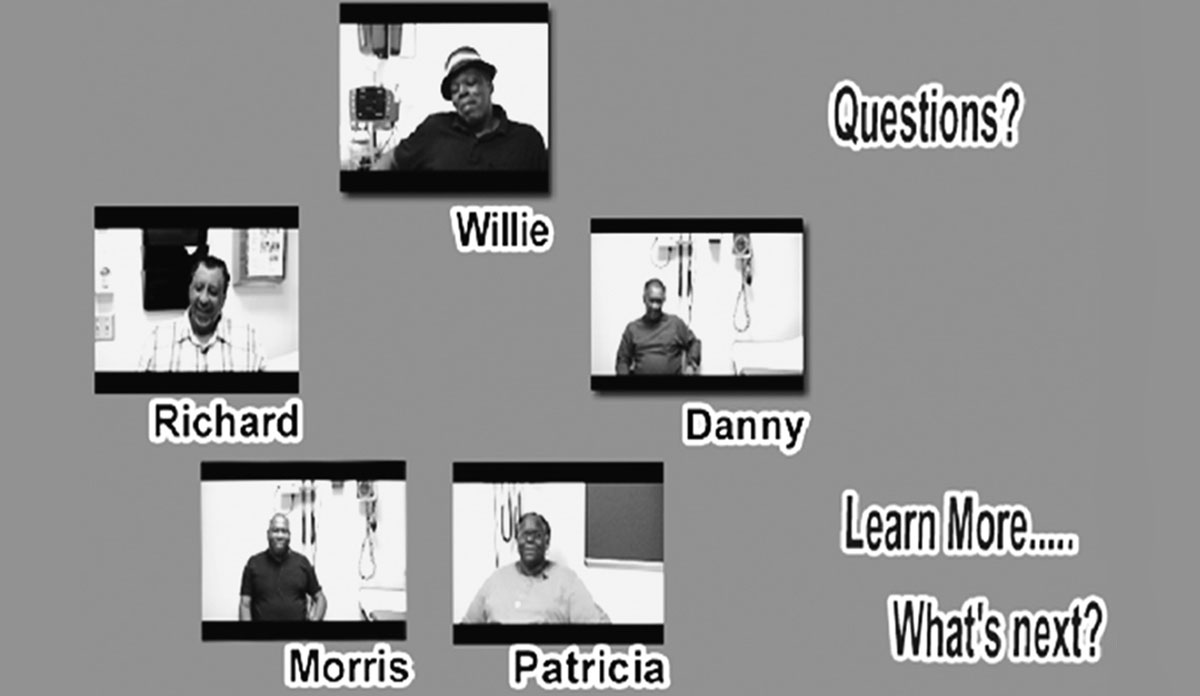Let me tell you about a story. It’s a complicated tale of centuries-long systemic injustice that has never quite been addressed in its entirety. It has resulted in the mass oppression of millions of people of color. And in Veteran’s Hospitals across the nation, it manifests itself in blood pressure.
“An underlying cause of stroke, heart attacks, and other vascular disease, hypertension is a prototypical difficult-to-manage chronic disease,” writes Houston et al. in their recent Medical Care article. The authors continue, “Despite great advances in medical management of hypertension, disparities remain with adverse consequences significantly higher among African Americans…The reasons…are legion.”
Consistent adherence to treatment plans is notoriously difficult for many patients. Would hearing another person’s story help increase adherence? The authors of the study investigated the use of DVD storytelling to decrease blood pressure of African-American veterans. The intervention group saw people they could identify with, with the hope that the stories of others would “…be a catalyst for health behavior change.”
“Despite great advances in medical management of hypertension, disparities remain with adverse consequences significantly higher among African Americans…”
Three VA sites were chosen and participants were selected randomly to achieve a representative sample. A total of 619 African-American veterans were included in the study, with 309 in the intervention group. 92% of participants were male, most had a high school education, over 50% reported an income of less than $20,000, and a large proportion had less than adequate health literacy.
The intervention group was significantly more likely to report an intention to change after viewing the DVD stories. They also engaged more fully with their treatment plan. This has not translated to a significant decrease in blood pressure relative to the comparison group, though this is still important progress. A modified version of the intervention may be even more effective if, as the authors explain, if it is tailored to different populations from different regions.
The authors conclude: “Our current and prior work has explored the potential of storytelling to influence self-management…Human beings often respond to stories that are told by members of their community, however their effectiveness at changing behavior may be limited by how they are disseminated.” Participants in the study signaled that further interaction with the storytellers themselves may have a more significant effect. Further analysis by the authors showed that “Veterans who viewed the stories connected better emotionally and expressed greater intentions to change their behavior immediately after watching DVD than those who just received the educational DVD.” One author, Barbara Bohkour, aptly remarked via email: “It is not surprising that stories would have such an impact, for as Jerome Bruner, the famous psychologist once said, human beings live in and through stories.”
Feature image: Screenshot of main menu of storytelling intervention: first digital video disk, African American Veterans Storytelling: A Multisite Randomized Trial to Improve Hypertension













